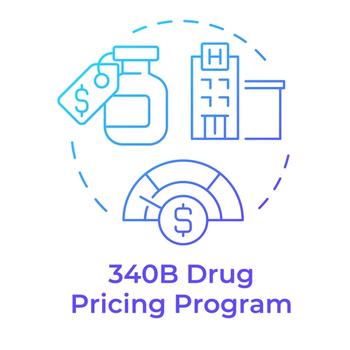
Concerns About Childhood COVID-19 Vaccines Persist, Despite FDA Committee OK
Some have expressed concerns about the risk of myocarditis and unknown longer-term side effects.
Although the FDA’s Vaccines and Related Biological Products Advisory Committee voted 17 to 0 to recommend the use of Pfizer and BioNTech’s COVID-19 vaccine for children ages 5 to 11, some organizations have expressed concerns, especially about the risk of myocarditis and unknown longer-term side effects.
While there were no myocarditis cases in Pfizer and BioNTech’s clinical trials in the vaccine for children, the rare cases seen in real-world settings — predominantly in males under 30 years after the second dose of mRNA vaccine — are causing concern, according to an American Academy of Pediatrics
Around 42% of children may have already had COVID-19, which likely means they have some protection, H. Cody Meissner, M.D., FAAP, chief of the Division of Pediatric Infectious Disease at Tufts Medical Center, said in the AAP article. “We’re getting down to a very small percent of otherwise healthy 5 to 11-year-old children who might derive some benefit, and we simply don’t know what the side effects are going to be.”
Members of the FDA panel noted the low incidence of myocarditis in adolescents after vaccination. Additionally, the vaccine given to children would be a lower dose, they said.
Myocarditis historically is less common in this age group than in older groups and more data won’t be available until the vaccine is more widely used, according to Mark H. Sawyer, M.D., FAAP, professor of clinical pediatrics in the Division of Infectious Diseases at the University of California San Diego School of Medicine.
“I do think we need [the vaccine] as a tool in our armamentarium for high-risk children, for equity issues, for parents who really would like to protect their children and because of the long-term very profound implications of schools being disrupted and the social and educational impact that that’s having,” Sawyer said in the AAP article.
Some vaccine committee members expressed a preference for limiting the vaccine to children with high-risk conditions, which CDC data showed were present in about two-thirds of hospitalized children ages 5 to 11, AAP said.
Prior to the advisory committee meeting, Robert F. Kennedy, Jr., chairman of Children’s Health Defense (CHD), and Meryl Nass, M.D., highlighted recent peer-reviewed research demonstrating that children have a low risk hospitalization and death from the COVID-19 virus, CHD said in a
Safety data from the trials found the most common reactions were pain at the injection site, fatigue and headache. Reactions were mostly mild or moderate. There were no serious adverse events related to the vaccine, including myocarditis or anaphylaxis, AAP said.
The U.S. government has purchased 50 million more doses of the companies’ COVID-19 vaccine, to prepare for the pediatric vaccine rollout after FDA grants EUA, Pfizer and BioNTech said in a
Separately, Pfizer and BioNTech have agreed to provide a total of 1 billion doses to the U.S. government at a not-for-profit price for donation to low- and lower-middle-income countries.
Newsletter
Get the latest industry news, event updates, and more from Managed healthcare Executive.





















































